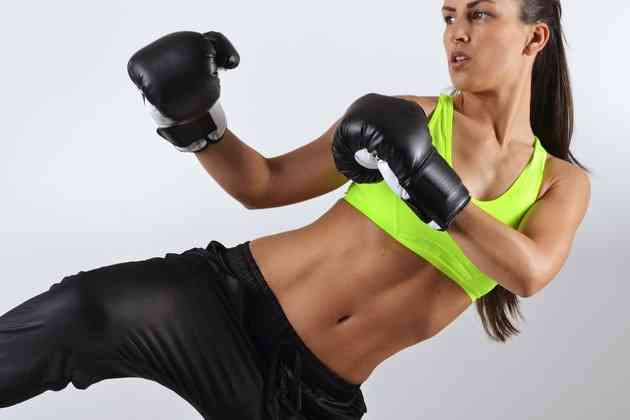The Best Kayaks for Ocean or Surf Fishing

If you venture into the waves with a recreational kayak that simply has rod holders, your gear may float away with the surf. For ocean or surf fishing, you can choose among two types of kayaks: sit-on-top and sit-in. In comparison to the traditional sit-in kayak, which resembles a canoe, the newer sit-on-top kayak looks like a surfboard and is preferred by anglers. The best surf-fishing kayak offers stability, speed, the ability to steer and storage space for fishing gear.
 Sitting low in water, sea kayaks minimize the impact of crosswinds. (Image: Boris Katsman/iStock/Getty Images)
Sitting low in water, sea kayaks minimize the impact of crosswinds. (Image: Boris Katsman/iStock/Getty Images)Launching into Surf
With a sit-on-top kayak, you can launch into surf without spending most of your time sponging up or pumping water out of the boat. When a wave blankets the kayak, the cockpit fills with water and then self drains through scupper holes. If you fall off, you simply jump back on the boat. For a sit-in kayak, you can attach a skirt to cover the top. Even so, fighting the surf often translates into a water-filled kayak that doesn't self-drain. If the kayak flips over, the popular recovery is to do an Eskimo roll and flip back up to the surface. However, it's difficult to perform this maneuver in the surf. In terms of safety and ease of use, the sit-on-top kayak is optimal for surf fishing.
Long and Narrow to Maneuver
For kayaks, there are two types of stability: initial and secondary. When you first sit in the kayak, the left-right wobble is known as initial stability and can be difficult for beginners. Secondary stability is how much forgiveness you have before the kayak flips. While short wide kayaks provide better initial stability, once you hit the limit of forgiveness on secondary stability you'll quickly flip. For ocean or surf fishing, a long narrow kayak may have less initial stability but has greater secondary stability and is safer in challenging sea conditions. An angler can more easily perform tight turns, brace and roll the boat through choppy water. The best width for sea kayaks ranges from 23 to 26 inches, according to RoguePaddler.
Speed to Cover Distance
The long, narrow kayak is faster, more efficient and enables you to cover distance -- an important factor in ocean fishing. A steering system with a rudder and peddles allows you to control the kayak's direction, according to “The African Expedition Magazine.” In a crosswind, you can travel straight forward. Doing battle with a big fish that can change direction on a dime is easier with a steering system. Since long kayaks are better at tracking -- traveling on a straight trajectory -- than turning, the addition of a rudder can help to counteract the classic trade-off in kayak design.
Take Heed of Hatches
The best surf fishing kayaks have at least two hatches that are easily accessible. The center or fish hatch not only stores your catch but also sports a shoot for your rods. To prevent water leakage, this hatch should have a strong seal. The kayak should have a second or rear hatch located behind your seat. You can put your lures, tackle, clothing, first aid equipment and cell phone in the rear hatch. Even though it's a dry storage space, you should store valuables in a waterproof bag.




